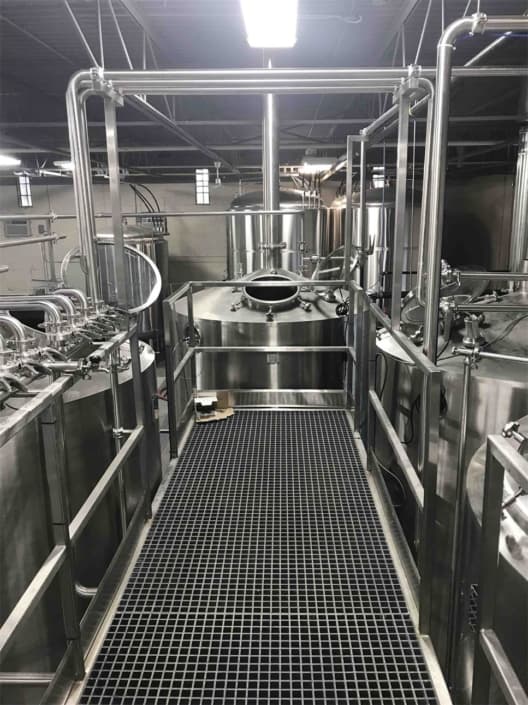Beer Fermentation Tanks: Types, Features, and Benefits
Brewing beer is both an art and a science, and at the heart of this magical process lies the beer fermentation tank. Whether you’re an amateur homebrewer or the owner of a thriving brewery, understanding the nuances of fermentation tanks can make all the difference in producing that perfect pint. In this guide, we’ll dive deep into everything you need to know about beer fermentation tanks, including their types, features, and role in the brewing process.
What Is a Beer Fermentation Tank?
A beer fermentation tank is a specialized vessel where the process of fermentation occurs. Fermentation is the stage where yeast converts sugars in the wort into alcohol and carbon dioxide, transforming it into beer. These tanks are designed to provide the ideal environment for yeast to thrive, with precise control over temperature, pressure, and sanitation.
Fermentation tanks come in various sizes and designs, catering to everything from small-scale brewing operations to massive industrial breweries. They’re typically made from stainless steel due to its durability, corrosion resistance, and ease of cleaning.
Imagine the fermentation tank as a cozy home for yeast—a place where they can do their job efficiently while staying happy and healthy. The better the environment, the better your beer!
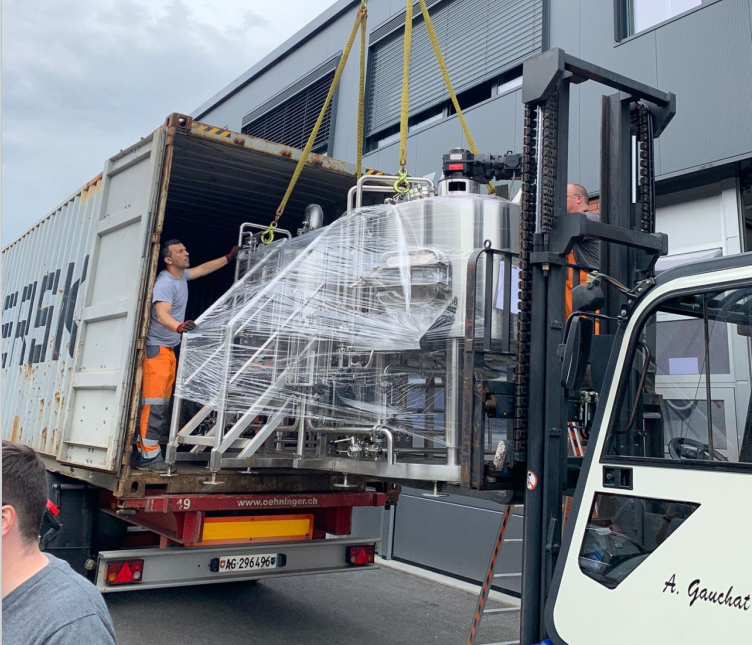
Types of Beer Fermentation Tanks
Understanding the different types of beer fermentation tanks is crucial for selecting the right one for your brewing needs. Here are the main categories:
1. Cylindroconical Fermenters (CCVs)
These are the most common fermentation tanks in modern breweries. They feature a conical bottom, allowing for easy separation of yeast and sediment from the beer. CCVs are versatile, enabling primary fermentation and conditioning in the same tank.
2. Open Fermentation Tanks
Open fermenters are old-school but still beloved by some craft brewers. These tanks lack a lid, allowing the beer to come into contact with the air. They’re ideal for traditional styles like Belgian ales but require careful monitoring to avoid contamination.
3. Horizontal Fermentation Tanks
As the name suggests, these tanks are laid horizontally. They’re typically used for lagering (conditioning lagers) and are more common in traditional European breweries. The horizontal design allows for a larger surface area, aiding yeast activity.
4. Uni-tanks
Uni-tanks combine fermentation, maturation, and carbonation in one vessel. These all-in-one tanks save space and simplify the brewing process, making them popular in both small and large breweries.
5. Jacketed Fermentation Tanks
These tanks come equipped with an outer jacket that circulates coolant to maintain precise temperature control. They’re essential for brewers who need to maintain specific temperatures during fermentation.
Key Features to Consider When Choosing a Fermentation Tank
When selecting a fermentation tank, there are several factors to consider. Let’s break it down:
1. Material
Stainless steel is the gold standard for fermentation tanks. It’s non-reactive, easy to sanitize, and built to last. Some homebrewers may use plastic or glass fermenters, but these lack the durability and scalability of stainless steel.
2. Capacity
Think about your production scale. Are you brewing for personal enjoyment or running a commercial operation? Tanks range from 5-gallon homebrewing sizes to massive industrial tanks holding thousands of gallons.
3. Temperature Control
Fermentation is highly temperature-sensitive. Look for tanks with integrated cooling jackets or coils to maintain precise control over the fermentation temperature.
4. Pressure Capabilities
Some beers, like lagers, require pressurized fermentation. Ensure your tank can handle the necessary pressure levels without compromising safety.
5. Cleaning and Maintenance
Ease of cleaning is a major consideration. Tanks with CIP (Clean-in-Place) systems are a lifesaver for commercial brewers, allowing thorough cleaning without disassembly.
6. Shape and Design
The shape affects yeast activity and sedimentation. Cylindroconical tanks are popular for their efficiency in yeast separation, while horizontal tanks excel at lagering.
7. Cost
Set a budget and weigh it against your needs. High-end tanks with advanced features will cost more but offer better performance and longevity.

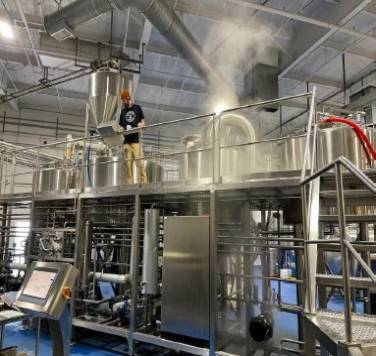
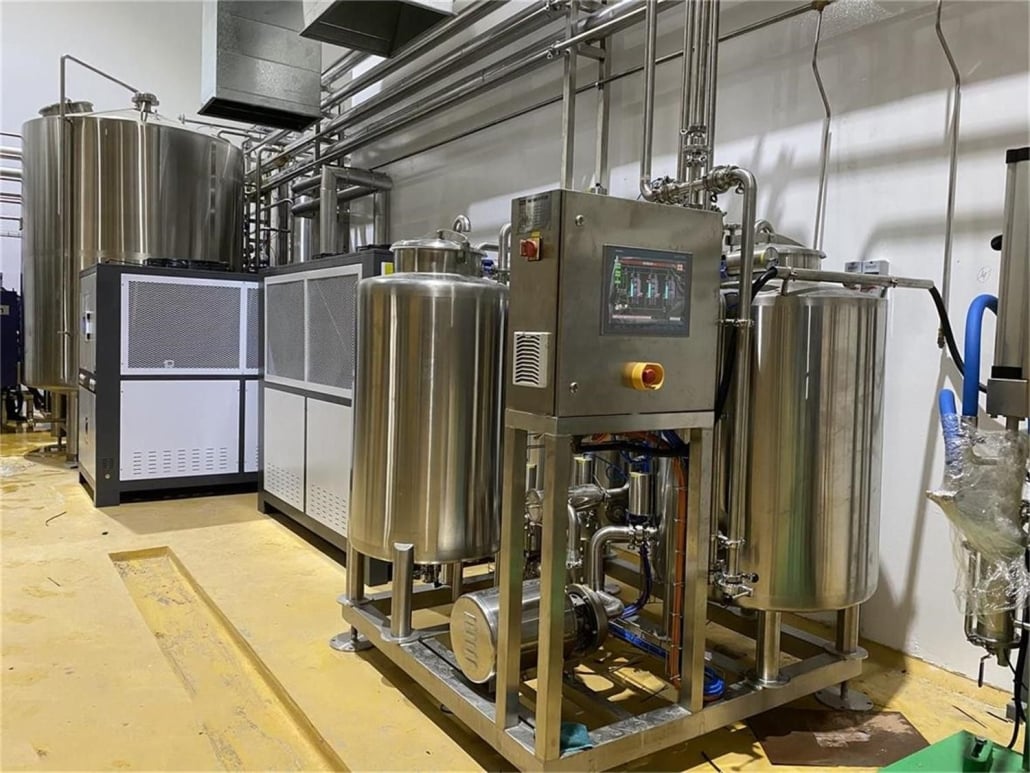
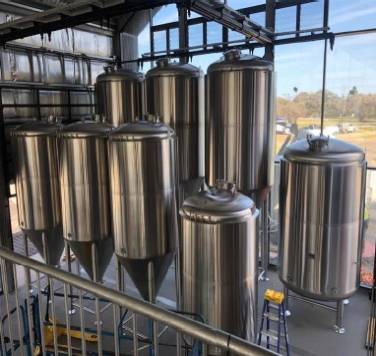
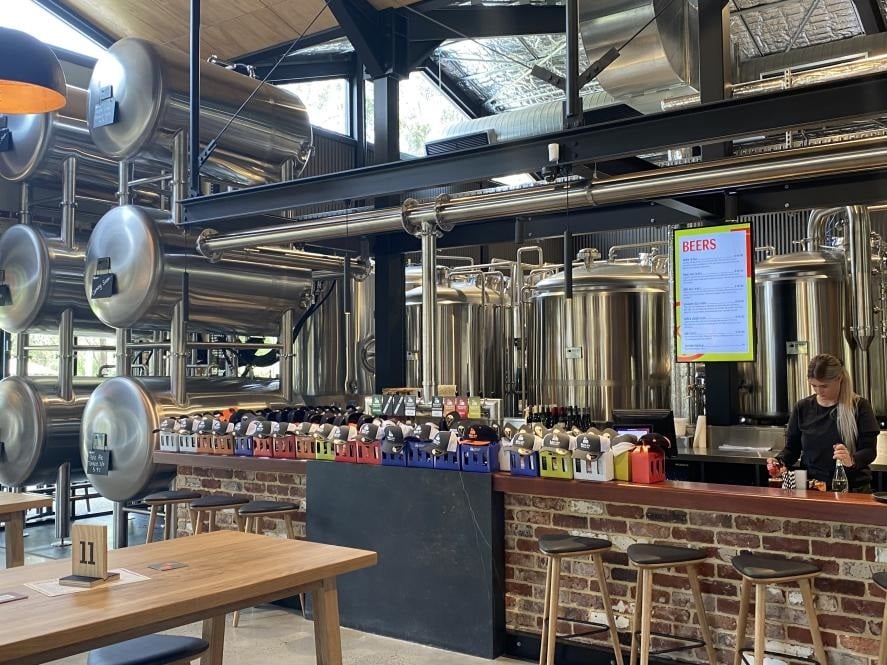
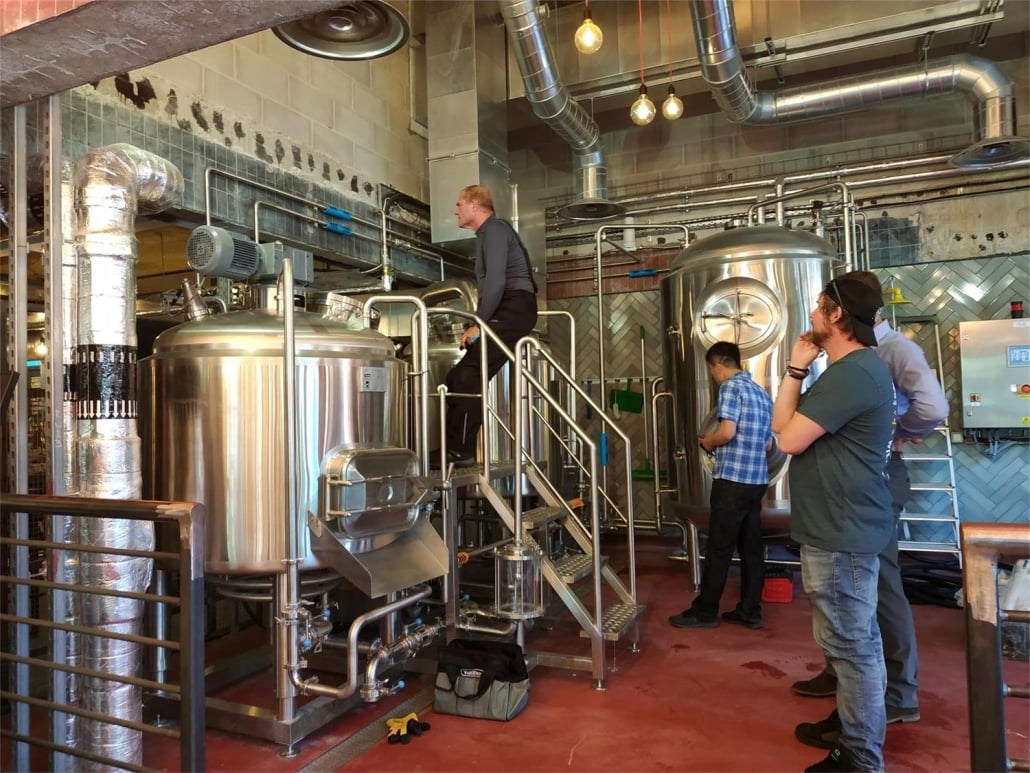
How Beer Fermentation Tanks Work in the Brewing Process
| Step | Details |
|---|---|
| Filling the Tank | After brewing, wort is transferred into the tank. Oxygen may be added to help yeast activity kick off. |
| Adding Yeast | Yeast is pitched into the wort, beginning the fermentation process. |
| Fermentation | Yeast consumes sugars, producing alcohol, CO2, and various flavor compounds. Temperature is tightly controlled. |
| Monitoring | Brewers track gravity, temperature, and pH to ensure the process is on target. |
| Conditioning | After primary fermentation, the beer is conditioned to develop flavors and carbonation. |
| Harvesting Yeast | In conical tanks, yeast and sediment are separated from the beer for reuse or disposal. |
| Cleaning | Tanks are cleaned and sanitized to prepare for the next batch. |
Top Benefits of Using High-Quality Fermentation Tanks
Investing in a high-quality fermentation tank can transform your brewing game. Here’s why:
1. Enhanced Flavor Control
High-quality tanks provide precise temperature and pressure control, allowing you to achieve consistent and desirable flavors.
2. Increased Efficiency
Features like conical bottoms and CIP systems streamline the brewing process, saving time and effort.
3. Durability
Stainless steel tanks are built to last, withstanding years of brewing cycles without losing functionality.
4. Scalability
As your brewery grows, high-quality tanks can adapt to increased production demands.
5. Better Sanitation
Advanced materials and design make cleaning easier, reducing the risk of contamination.
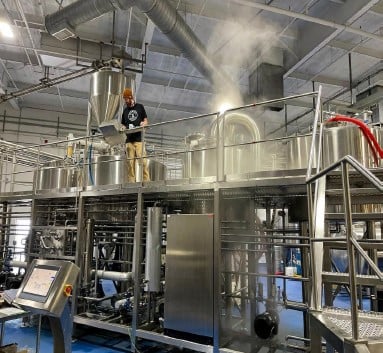
FAQs
| Question | Answer |
|---|---|
| What is the ideal material for fermentation tanks? | Stainless steel is ideal due to its durability, sanitation, and non-reactive properties. |
| How do I clean a fermentation tank? | Use a CIP system or manually scrub with a food-safe cleaning solution, followed by thorough rinsing. |
| Can I use one tank for all brewing stages? | Yes, uni-tanks allow fermentation, conditioning, and carbonation in one vessel. |
| What size fermentation tank should I buy? | It depends on your brewing scale. For homebrewers, 5-10 gallons is typical. Commercial brewers need larger tanks. |
| Why is temperature control important? | Yeast activity is highly temperature-dependent, affecting flavor, aroma, and alcohol content. |
| Are open fermentation tanks safe to use? | They require careful monitoring to prevent contamination but can produce unique beer styles. |
| How much does a fermentation tank cost? | Prices vary widely based on size and features, ranging from $100 for small homebrew tanks to $50,000+ for industrial models. |
Share this entry
Interested in learning more about Brewing Systems including additional details and pricing information? Please use the form below to contact us!
YOLONG BREWERY EQUIPMENT FAQS
- Commercial Brewery / Craft Brewery / Microbrewery / Nanobrewery
- What is The Difference Between Craft Beer and Industrial Beer?
- The Bespoke Differences In Custom Brewing Systems
- Everything You Need to Know About Kettle Souring
- How to Choose Brewing Equipment for Your business?
- How To Choose The-Best Partner To Build Your Commercial Microbrewing System?
- Two Detection Sensors That You Need To Use In Your Brewhouse System
- Remote Control Applications in Brewing Equipment/How does it work?
- How To Clean Your Brand New Brewery Tanks?

